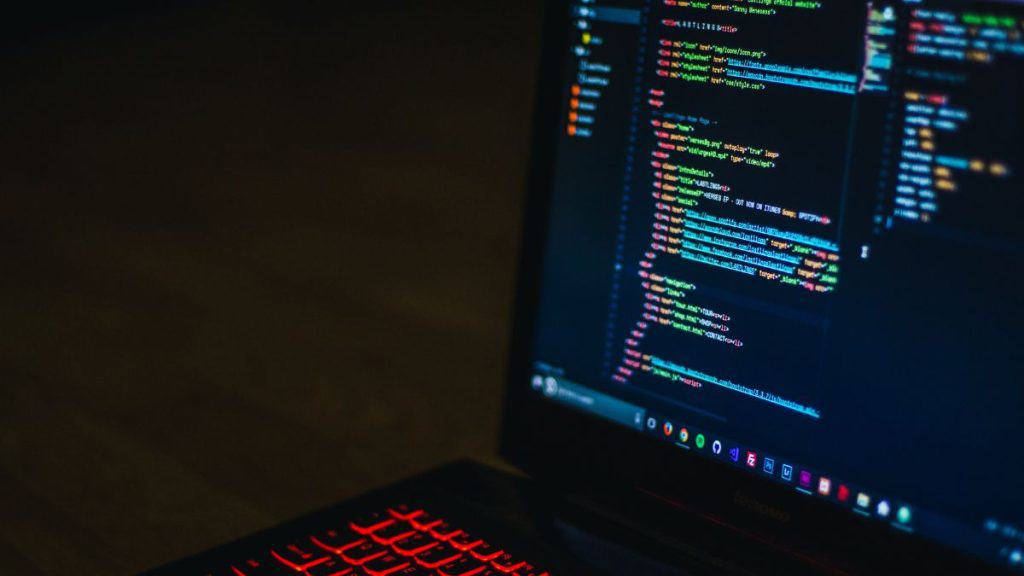Centering an element relative to another is a common challenge in web design. Whether you’re building a modern UI or simply aligning elements for visual appeal, mastering this technique is essential. This article covers the most effective methods to center an element within or relative to another using HTML and CSS, complete with examples and best practices.
Understanding Relative Centering

Relative centering involves positioning one element (the child) within or around another element (the parent) in a way that aligns it perfectly either horizontally, vertically, or both. This technique relies on understanding the relationship between the parent and child elements and applying CSS properties like position, flex, or grid to achieve the desired alignment.
In most cases, the parent element acts as a container, and its CSS properties define the alignment rules for the child element. This relationship makes CSS a crucial tool for centering.
CSS Techniques for Centering Elements
Here are the most effective CSS methods to center an element relative to another:
1. Using Position and Transform
This classic method involves setting the parent to position: relative and the child to position: absolute. By combining top, left, and transform, you can center the child element.
<div class=”parent”>
<div class=”child”>Centered</div>
</div><style>
.parent {
position: relative;
width: 300px;
height: 300px;
background-color: #f3f3f3;
}
.child {
position: absolute;
top: 50%;
left: 50%;
transform: translate(-50%, -50%);
}
</style>
This method ensures the child element is perfectly centered, regardless of its size.
2. Centering with Flexbox
Flexbox is one of the most powerful and simplest ways to center elements. By applying display: flex to the parent and using justify-content and align-items, you can center a child element both horizontally and vertically.
<div class=”parent”>
<div class=”child”>Centered</div>
</div><style>
.parent {
display: flex;
justify-content: center;
align-items: center;
width: 300px;
height: 300px;
background-color: #f3f3f3;
}
.child {
padding: 10px;
background-color: #c3e6cb;
}
</style>
Flexbox is ideal for responsive layouts and works well in most modern browsers.
3. Centering with CSS Grid
CSS Grid offers precise control for layout design and is excellent for centering elements.
<div class=”parent”>
<div class=”child”>Centered</div>
</div><style>
.parent {
display: grid;
place-items: center;
width: 300px;
height: 300px;
background-color: #f3f3f3;
}
.child {
padding: 10px;
background-color: #d9edf7;
}
</style>
With place-items: center, you can center elements with minimal code.
Example Code for Centering
Below is a combined example using Flexbox and Grid to center multiple elements relative to their parent:
<div class=”container”>
<div class=”parent”>
<div class=”child”>Flexbox Center</div>
</div>
<div class=”parent”>
<div class=”child”>Grid Center</div>
</div>
</div><style>
.container {
display: flex;
justify-content: space-around;
margin: 20px;
}
.parent {
width: 200px;
height: 200px;
background-color: #f8f9fa;
border: 1px solid #ddd;
}
.parent:nth-child(1) {
display: flex;
justify-content: center;
align-items: center;
}
.parent:nth-child(2) {
display: grid;
place-items: center;
}
.child {
padding: 5px;
background-color: #5bc0de;
}
</style>
Challenges You May Face While Centering Elements
Here are some common challenges developers face when centering elements and practical tips to overcome them effectively:
Handling Responsiveness
Ensure centered elements adjust dynamically to different screen sizes by using percentages, vw/vh, or responsive units. Flexbox and Grid are particularly effective for responsive design.
Avoiding Overlaps
When using position: absolute, overlapping content can occur. Use z-index carefully to manage stacking contexts.
Browser Compatibility
While most modern browsers support Flexbox and Grid, ensure your CSS is compatible with your target audience’s browsers. Use tools like Can I Use to check compatibility.
Choosing the Right Method
- For simple layouts: Use Flexbox or Grid for simplicity and cleaner code.
- For precise positioning: Use
positionandtransformwhen exact placement is needed.
Conclusion
Centering an element relative to another is a fundamental skill in web design. Whether you use position and transform, Flexbox, or CSS Grid, each method offers unique advantages for different use cases. By understanding these techniques and best practices, you can create visually appealing and responsive designs with ease.
Have you tried these methods in your projects? Share your thoughts and experiences in the comments below!